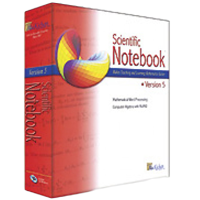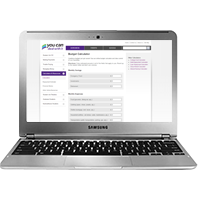Who needs AT to help with math? A number of learning and attention issues can cause trouble with math, but AT can be a huge help for students. Dyscalculia is one of the most common issues. As of right now, very few special education students actually advance into upper level mathematics. Because of this, many students who struggle with mathematics become divided from their peers, and thus experience great difficulty in their future education.
 What types of Assistive Technology (AT) tools are there for math support? Certain AT tools for math are common such as calculators and graph paper. There are lots of other AT tools that can be used for math such as “low-tech” graph paper and rulers. Other AT supports include common adaptive tools such as manipulatives like blocks and number lines. Manipulatives are real or virtual objects that let kids solve math problems in alternative ways. More math AT includes math notation tools, digital graphing tools, drawing tools, equation-solving tools, graphic organizers, text-to-speech, and dictation.
What types of Assistive Technology (AT) tools are there for math support? Certain AT tools for math are common such as calculators and graph paper. There are lots of other AT tools that can be used for math such as “low-tech” graph paper and rulers. Other AT supports include common adaptive tools such as manipulatives like blocks and number lines. Manipulatives are real or virtual objects that let kids solve math problems in alternative ways. More math AT includes math notation tools, digital graphing tools, drawing tools, equation-solving tools, graphic organizers, text-to-speech, and dictation.
Why? Building mathematical skill has lifelong implications for students but can be easily overlooked. Basic life tasks such as paying bills, balancing a checkbook, creating budgets, arriving at work on time, and measuring are independent living skills that we all use. The ability to understand and think critically about numbers is vital for students to operate successfully in the real world.
How? Teaching mathematics then can no longer focus just on teaching procedures and providing students with the bare minimum knowledge of facts and equations. Students need to know why they are doing what they are doing. They need to understand the process of math, rather than simply know how to use it. The bigger picture is how to assist students in gaining an understanding of the language of numbers and apply what they know to the problems they are encountering.
Where to access AT for math? You can find traditional “low-tech” classroom items such as large number papers, symbols, and graph paper with large graph squares at school supply stores. The student’s teacher may also have these items at the school. Schools will typically have adaptive tools to use for math issues such as manipulatives which are blocks and/or number lines. Many math AT tools are being used on computer platforms such as desktop and laptop computers with built-in AT options like text-to- speech; mobile devices like tablets and smartphones with built in AT; and Chromebooks and Chrome browser with math extensions downloaded.
Resources for Mathematics (part of Learning, Cognition & Development)
AT3 Center Videos on Mathematics
EasterSeals Crossroads -
INDATAProject TechTip Videos
Easter Seals Crossroads has been providing assistive technology solutions in Indiana since 1979. In 2007, Easter Seals Crossroads partnered with the State of Indiana, Bureau of Rehabilitative Services to establish the Indiana Assistive Technology Act (INDATA) Project. The INDATA Project offers excellent videos and Podcasts that provide timely updates on new assistive technology.
Here's INDATA's YouTube video playlist for Tech Tips for Education (including several videos involving Mathematics).
INDATA also offers three Podcasts that you can listen to, or subscribe to, on this page. At the top right of any of these pages you can search for a specific disability category.
The AT3Center.net wishes to thank the INDATA Project for their expertise and excellence in advancing access and awareness of assistive technology.
Information on this page addresses Assistive Technology for people with mathematics disabilities in...
EDUCATION | EMPLOYMENT | COMMUNITY LIVING
(click the titles above to jump to the content area)
EDUCATION

Talking Points for Math Assistive Technology in Education
There are many reasons why students can have trouble with math. Math difficulty often involves trouble with counting and memorizing facts. Dyscalculia is a learning issue that is a common source of math trouble, but other issues can have similar symptoms or co-occur with it. There are many ways to help kids get better at working with numbers, and assistive technology can be a huge help for students with math issues like dyscalculia. Certain AT tools for math are common, like calculators and graph paper. But there are lots of other AT tools that can be used for math. It’s important to also understand how the individual student struggles with math. Understood.org has a helpful chart describing various math support needs.
For children transitioning into the public school at age 3 - To ensure successful AT transitions for children turning 3 years old, it is important for any AT the child is currently using or may need to use in school, whether written into the child's Individualized Family Service Plan (IFSP) or not, be incorporated into the child's Individualized Education Program (IEP). You'll find this information in the Community section below.
For students transitioning into the community or employment settings upon high school graduation - To ensure successful AT transitions for students aging out of school services, it is important for any AT the student is currently using or may need to pursue employment outcomes, whether written into the child's Individualized Education Program (IEP) or not, be incorporated into the student's Individualized Plan for Employment (IPE). IPEs are developed through collaboration with the state vocational rehabilitation agency using a Vocational Rehabilitation (VR) Counselor. You'll find this information in the Employment section below.
Situations Where a Child Might Need Assistive Technology for Math:
School Environment
- K-12 math class
- Science class
Socialization
- Money for activities with friends
Family / Home Environment
- Homework
- Studying for tests
Community
- Restaurant orders, payment, and knowing correct change
- Shopping in general
- Money for events
Commonly Asked Questions for a Student Who Struggles with Math
Please listen to this section and/or download a transcript here: TXT format
Solutions for Students Who Need Math Support
(click to open the accordions below)
| Video/Webinar/Podcast Resources |
|---|
| Video: Free to Low-Cost Assistive Technology Solutions |
Talking Points for Math Assistive Technology in Employment
The category of Employment encompasses those people of working-age who are currently employed or who are seeking employment. The following talking points may be applicable to individuals with disabilities as well as employers.
Individuals who need support for math may have dyscalculia. Described as the mathematical equivalent of dyslexia, dyscalculia is a little-known disorder that makes it extremely difficult to learn math. While dyslexics struggle with reading and interpreting words and letters, dyscalculics have a hard time with basic arithmetic and understanding the meaning and concepts of numbers.
A person with dyscalculia has average to above average intelligence, but has difficulty with numbers or remembering facts over a long period of time. Some persons have spatial problems and difficulty aligning numbers into proper columns. Some persons may reverse numbers, and have difficulty in mathematical operations.
In 2015, 29% of 15-year-olds in the United States of America, scored deficient (in the lowest 10%) on international tests of mathematical literacy- that's 3 in every 10 students below proficiency level 2- worse than half (35) of the 69 countries tested. Only 6%, scored above 90% proficiency (level 5), worse than 36 countries. Source: NCES, 2016, p.23.
For students transitioning into the community or employment settings upon high school graduation - To ensure successful AT transitions for students aging out of school services, it is important for any AT the student is currently using to be incorporated into the student's Individualized Plan for Employment (IPE). IPEs are developed through collaboration with the state vocational rehabilitation agency using a Vocational Rehabilitation (VR) Counselor.
Situations Where an Individual Might Need Assistive Technology for Mathematics
Work Environment
- Interview process
- Meetings
- Trainings
- Daily tasks
Socialization
- Dining out, paying check and tip
Family / Home Environment
- Life skills
- Writing a budget
Community
- Bank
- Library
Commonly Asked Questions for an Individual Who Has Mathematics Needs
Q - What types of learning disabilities are there?
A - Learning disabilities can be divided into three broad categories: developmental speech and language disorders, academic skills disorders, and other (such as coordination disorders). Learning disabilities are disorders that affect the ability to understand or use spoken or written language, do mathematical calculations, coordinate movements, or direct attention. Learning disabilities are a lifelong condition; they are not outgrown or cured, though many people develop coping techniques through special education, tutoring, medication, therapy, personal development, or adaptation of learning skills. Approximately 15 million children, adolescents, and adults have learning disabilities in the United States.
Q - What types of AT can I ask for?
A - Assistive technology that is needed to do the essential functions of the job can be requested.
Q - I am a qualified person with a disability under the ADA and need AT to do my job. May I ask my employer to provide it?
A - Individuals with disabilities may ask for an accommodation at any time even for an interview.
Q - What is a “Specific Learning Disability”?
A - A disorder in understanding or in using language, spoken or written, which may manifest itself in an imperfect ability to listen, think, speak, write, spell or to do mathematical calculations. Included in this category are expressive writing disorders and other expressive language disorders.
Solutions for Employees Who Need Math Support
(click to open the accordions below)
| Helpful Links & PDF Resources |
|---|
| Dyscalculia |
| LDA Learning Disabilities Association of America |
| target="_blank">Individual has deficits in mathematics. |
| AskJan.org - Accommodation Examples for Math Deficits |
| Assistive Technology at Work |
| AskJan.org - Accommodations for People with Learning Disabilities |
Talking Points for Assistive Technology for Mathematics in Community Living
The category of Community Living encompasses infants and toddlers who are under the age of 3 and not yet in school, those people who were born with or have acquired an injury and are otherwise participating in community activities (not as students or employees) as well as those who are aging in the home. The following talking points are applicable to individuals with disabilities as well as family members and others providing support and care to these individuals with disabilities.
Sometimes an individual will make it to adulthood and have the necessary assistive technology to participate in the community and at home. When that is the case, these pages will show other considerations regarding accessibility and accommodations. When the person requires additional tools to participate, the Human Activity Assistive Technology (HAAT) model will be used to show how an individual might best match up with a piece of AT to be used in the community and at home
For those children transitioning into the public school at age 3 - To ensure successful AT transitions for children turning 3 years old, it is important for any AT the child is currently using or may need to use in school, whether written into the child's Individual Family Service Plan (IFSP) or not, be incorporated into the child's Individualized Education Program (IEP).
Link to Education section
Situations where an individual might need assistive technology for Mathematics
Socialization
- Any activity where money is exchanged
- Restaurants
Community
- Doctor's office visits
- Hospital
- Shopping
- Transportation
- Volunteer activities
- Entertainment
- Sports
- Library
- Friends' houses
- Post office and library
- Church
- Utilities
Family/Home Environment
- Preparing meals
- Paying bills
- Games
- Computer tasks/games
Commonly Asked Questions for a Person Who Has Mathematics Loss - Impairment - Needs
Q - What types of learning disabilities are there?
A - Learning disabilities (LD) sometimes referred to as “specific learning disorders,” are life-long, but adults who have LD can experience great success in all aspects of life when using their strengths together with the strategies, accommodations and technology that are most appropriate and effective for their individual needs.
Q - What is Assistive Technology?
A - AT is anything that helps a person do a task easier, better, or more efficiently, that otherwise would be difficult or impossible to do.
Q - What is a “Specific Learning Disability”?
A - A disorder in understanding or in using language, spoken or written, which may manifest itself in an imperfect ability to listen, think, speak, write, spell or to do mathematical calculations. Included in this category are expressive writing disorders and other expressive language disorders.
Learning disabilities can be divided into three broad categories: developmental speech and language disorders, academic skills disorders, and other (such as coordination disorders). Learning disabilities are disorders that affect the ability to understand or use spoken or written language, do mathematical calculations, coordinate movements, or direct attention. Learning disabilities are a lifelong condition; they are not outgrown or cured, though many people develop coping techniques through special education, tutoring, medication, therapy, personal development, or adaptation of learning skills. Approximately 15 million children, adolescents, and adults have learning disabilities in the United States.
Solutions for Individuals with Mathematics Loss - Impairment - Needs
(click to open the accordions below)


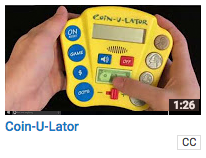


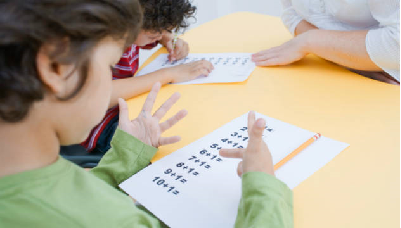

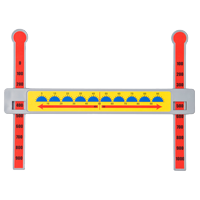
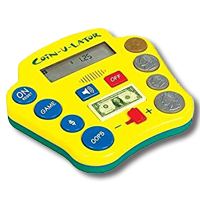
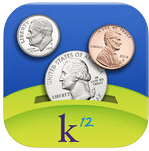

 Goals and Outcomes: The teacher and student’s goals were to identify physical and virtual manipulatives to reinforce basic math functions as well as to pair manipulatives with most concepts taught in the 8th grade class. The student used many of the online math manipulatives at home prior to doing his math homework.
Goals and Outcomes: The teacher and student’s goals were to identify physical and virtual manipulatives to reinforce basic math functions as well as to pair manipulatives with most concepts taught in the 8th grade class. The student used many of the online math manipulatives at home prior to doing his math homework.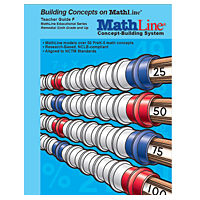





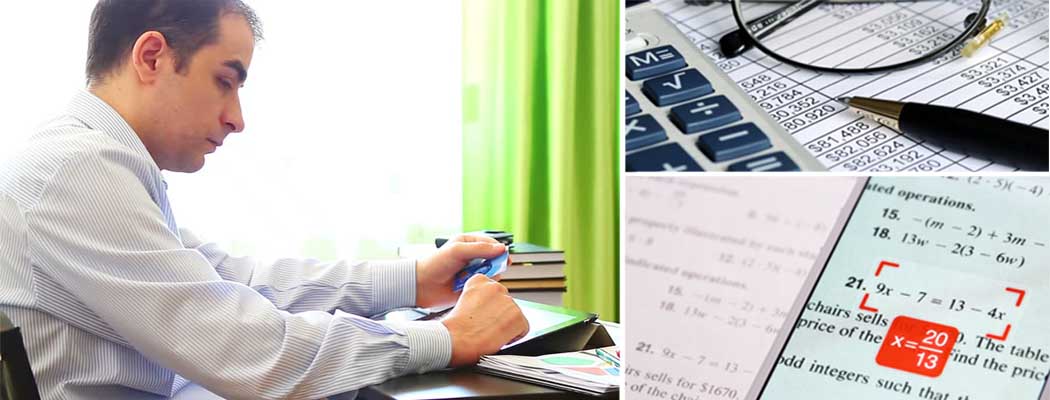
 A new employee, with a learning disability, was hired to be a staff assistant at a manufacturing plant. He was doing well at most functions of the job, but had difficulty when the projects involved calculations and figuring a budget for office supplies. He had difficulty recognizing or identifying numbers and performing mathematical calculations accurately and efficiently in his head or on paper. When copying or calculating figures, he would tend to reverse or confuse number sequences.
A new employee, with a learning disability, was hired to be a staff assistant at a manufacturing plant. He was doing well at most functions of the job, but had difficulty when the projects involved calculations and figuring a budget for office supplies. He had difficulty recognizing or identifying numbers and performing mathematical calculations accurately and efficiently in his head or on paper. When copying or calculating figures, he would tend to reverse or confuse number sequences.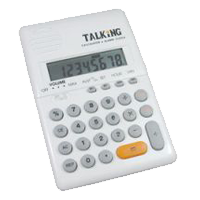
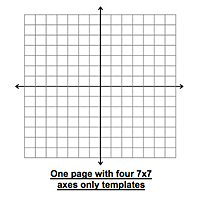
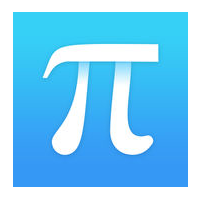
 A building contractor with dyscalculia was inefficient when creating job quotes. To ensure the mathematical calculations were accurate, the employee spent extra time "figuring" and "double-checking" the numbers.
A building contractor with dyscalculia was inefficient when creating job quotes. To ensure the mathematical calculations were accurate, the employee spent extra time "figuring" and "double-checking" the numbers.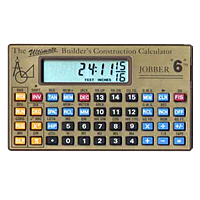
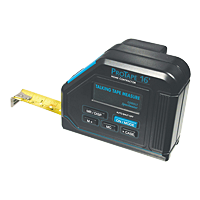
 An engineer at a large company became paralyzed after an accident. Having limited use of her arms and hands, she began using Dragon Naturally Speaking voice recognition software. However, she was concerned about her ability to continue with mathematical functions.
An engineer at a large company became paralyzed after an accident. Having limited use of her arms and hands, she began using Dragon Naturally Speaking voice recognition software. However, she was concerned about her ability to continue with mathematical functions.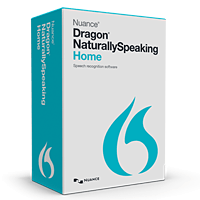
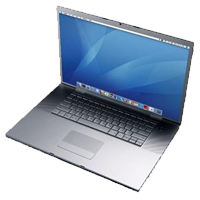
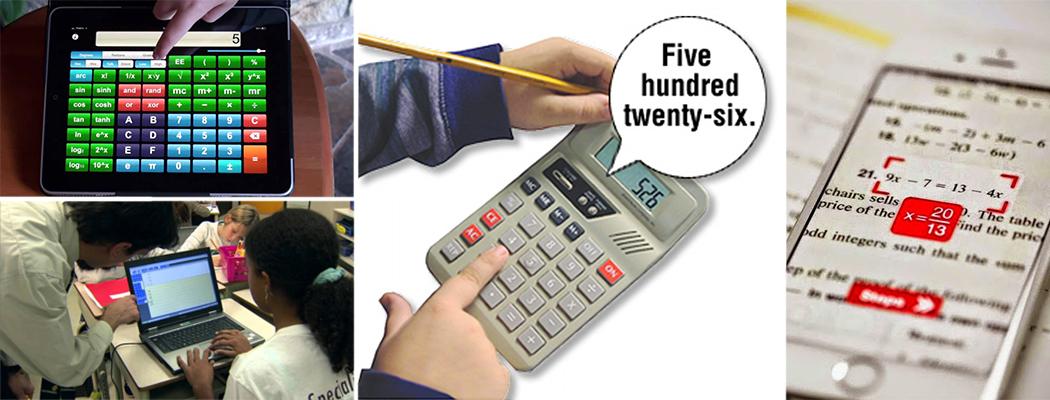
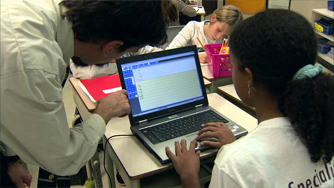 Rulers, basic calculators and graph paper
Rulers, basic calculators and graph paper As Bob plays with his two-year-old daughter, he notices that she is beginning to understand the concept of addition and subtraction in simple ways. Every morning he sits with her and lines up 4 cheerios on her tray. He counts each aloud and then eats one or two. After several days, she begins trying to say the numbers and even pops two in her mouth and uses her hand to push the other two to her dad.
As Bob plays with his two-year-old daughter, he notices that she is beginning to understand the concept of addition and subtraction in simple ways. Every morning he sits with her and lines up 4 cheerios on her tray. He counts each aloud and then eats one or two. After several days, she begins trying to say the numbers and even pops two in her mouth and uses her hand to push the other two to her dad.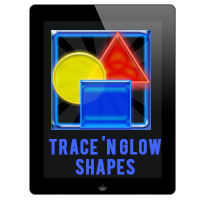
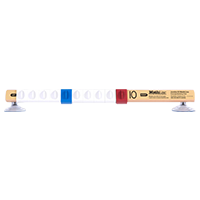

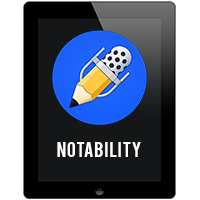


 She has had a learning disability all of her life and has always had trouble with math. While she is not very proficient with technology, she has learned to work with specific AT to assist her. In order to assist her with her bills, she could use a talking calculator and/or a jumbo calculator. This would help her not only see it better but also easier to understand. With her new computer she could software like MathTalk so that she can dictate her budgetary needs. She could use a software program or app that would allow her to enter her exact budget information. The program will do all the math problems.
She has had a learning disability all of her life and has always had trouble with math. While she is not very proficient with technology, she has learned to work with specific AT to assist her. In order to assist her with her bills, she could use a talking calculator and/or a jumbo calculator. This would help her not only see it better but also easier to understand. With her new computer she could software like MathTalk so that she can dictate her budgetary needs. She could use a software program or app that would allow her to enter her exact budget information. The program will do all the math problems.